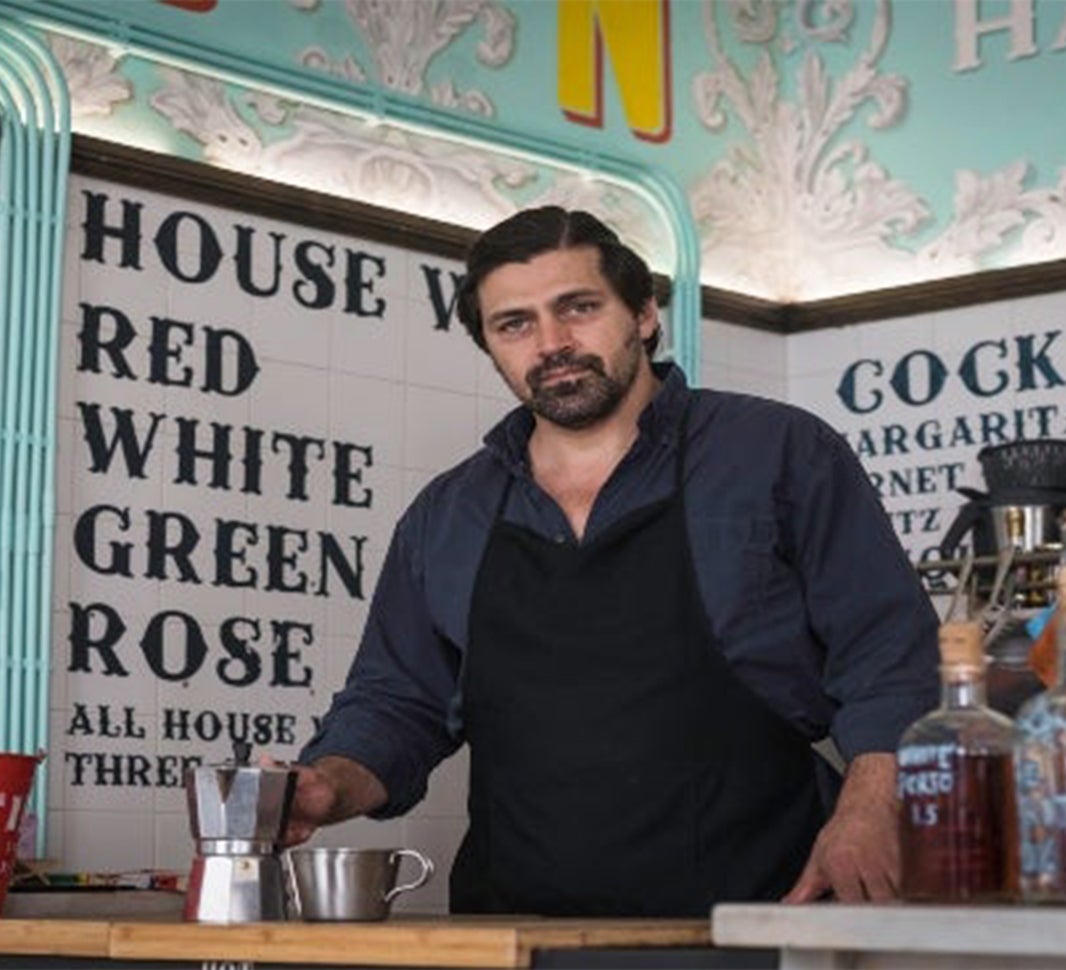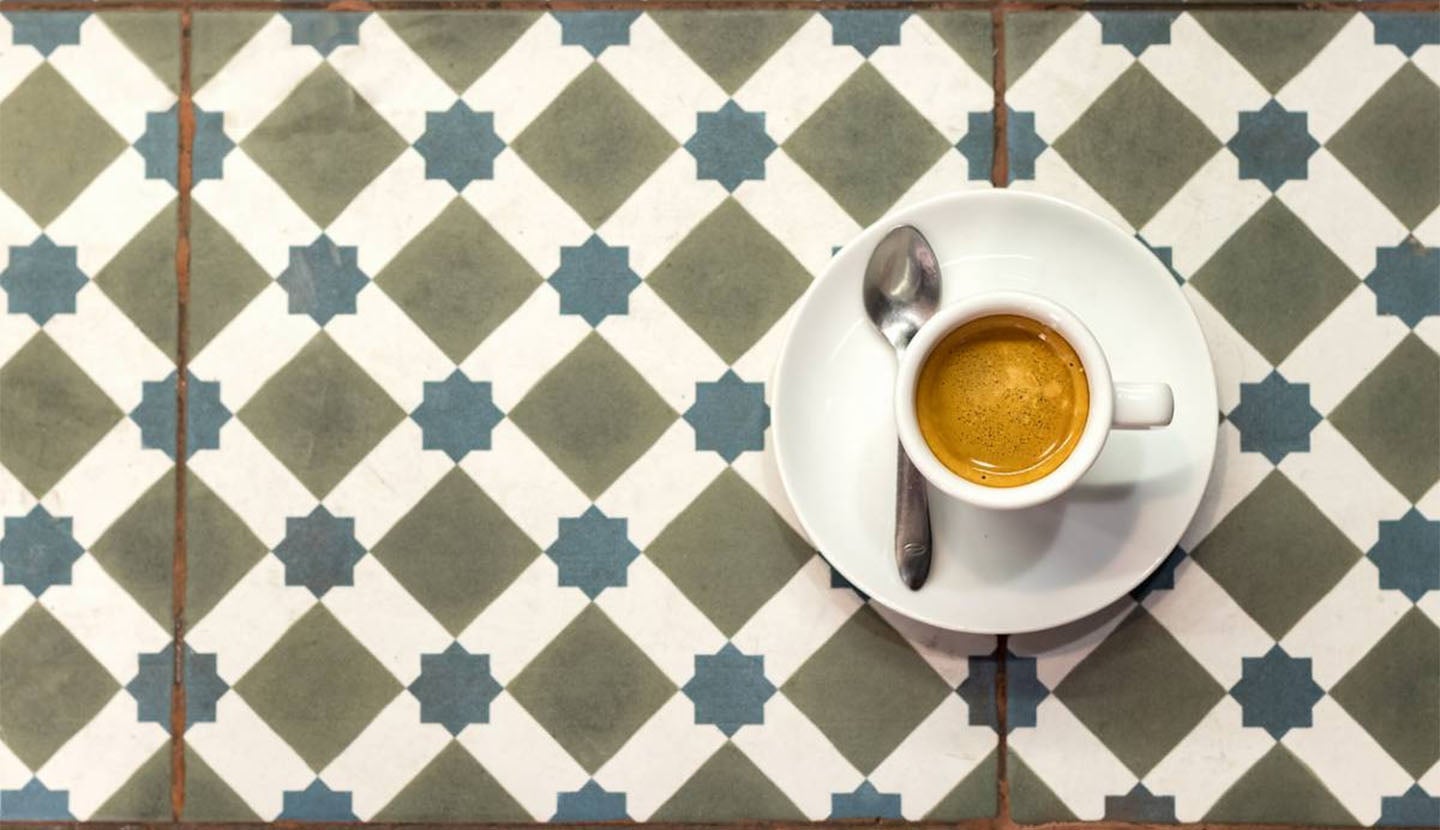History of Portuguese coffee
During the decades of economic isolation under the Salazar regime, Portugal sourced the majority of its coffee from its colonies, especially those in Angola. The beans that were grown and imported were mainly that of the Robusta bean. The Robusta bean was enjoyed for its strong and bitter coffee. It is believed that the Portuguese soldier Francisco de Melo Palheta, who was stationed in Brazil, set about trying to find the coffee bean whose value was well known among many. The bean was discovered in French Guiana, however, the trade of the beans was not accepted by the governor of French Guiana, as he refused to do business with the Portuguese.
The stories suggests that Palheta took it upon himself to seduce the Governor’s wife, and then escaped with a bouquet of flowers which disguised hidden coffee beans. This was how Coffee was introduced to Brazil and helped Brazil become the world’s fourth largest coffee producer by the 1970’s.
The Portuguese colonists developed large scale plantations across the country of Brazil, and then sent the coffee beans to Portugal for roasting and then for distribution. Cafés soon started to open in cities such as Lisbon and Porto, which attracted poets, artists and politicians who like to sit and contemplate issues of the day, whilst drinking short, sharp Portuguese coffee. The idea and habit of drinking coffee made its way across the nation, and today in Portugal, the population consumes vast quantities of coffee every day. Portuguese coffee is served in traditional coffee houses one of three ways:
• Galão = an espresso with steamed milk
• Garato = an espresso with a little milk foam
• Bica = an espresso.
The term Bica which is used in Lisbon for “a cup of coffee” mirrors: B (Beba), I (isto), C (com), A (açucar) , which translates to “drink with sugar!”.
Portuguese coffee culture
Drinking quality Portuguese coffee is an everyday part of life, and because of this, cafés can be found on almost every street. Espresso is the most common coffee drink served in Portugal, and the price of coffee is much cheaper to drink out of the home, than it is here in the UK.
When entering a café and asking simply for a coffee (um café), you will receive an espresso, this is what is usually served, however there are regional variations of the coffee too. There is a growing group of cafés in Portugal, that are considered more independent cafés and speciality Portuguese coffee shops. These don’t only focus on the coffee and pastries they serve, but the aesthetic of the café too. The concept of speciality coffee shops is a relatively new development in Portugal; however, they are growing in popularity. Drinking Portuguese coffee is centred around the social culture and laid-back atmosphere of the Portuguese. Many sit with a coffee and talk the day away with family and friends or sit and admire the peace and relaxed atmosphere of the day ahead.
Portuguese coffee taste profile
There are three main characteristics that define Portuguese coffee from the rest. The flavour profiles of Portuguese coffee can be:
- Very Dark
- Generous Crema
- Bitterness.
The last two on the flavour profile list are most commonly associated with the Robusta bean that has been consumed by the Portuguese for many years. The Robusta bean produces the best crema (the head) but it also has a bitter mouth feel, and this is due to its high caffeine content.
Arabica beans are also another major coffee variety in the brewing of Portuguese coffee. The Arabica bean contains more sugars, which gives off a more attractive aroma and swaps out the bitterness for acidity.

How to order Portuguese coffee?
Of course, when travelling there is nothing better than a local taste of coffee, but how do you make sure you are ordering the perfect Portuguese coffee? The default coffee order in Portugal is an Espresso, um café. The common desire among many Portuguese is to have a strong, sharp and short coffee, however, those that are in need of a longer coffee should ask for a cheio. This is effectively a long espresso, with coffee filling up to the top of the small cup. If you ask for a Nota Bene, you will get a coffee that is similar to an americano. Or for a taller coffee order, that is less sharp, ask for a abatanado, which is a double espresso with hot water added.
If you are a lukewarm, black coffee drinker then asking for an um Galão, which translates to “a gallon of coffee” is the order you should be making. This order is the closest to a latte, but just contains a larger amount of milk to coffee. If you want the latte equivalent, but want less milk to coffee ratio, then order a escuro, which means “obscure” coffee.

Due to Portugal’s fabled laid-back attitude, time is an important concept in the country. Being able to sit and enjoy a freshly brewed coffee and to be with friends is a strong factor of Portuguese coffee culture. Around 80% of coffee is consumed in Portuguese cafés throughout the country. Coffee has always, and continues, to play a vital role in the social lives of the Portuguese people.
That is the end of our Portuguese coffee journey, if you want to keep travelling and discover more hidden coffee gems of the world, why not take a look at our coffee travel hotspots to get your travel coffee fix. If you want to stay a bit closer to home, why not take a look at our Spanish coffee article, next.
Today’s community favourites


Join the My Perks community!
Enjoy prizes, discounts, expert tips, recipes, exclusive offers and more with My Perks.



